Roofing is one of the most important aspects of any building, providing protection against the elements while contributing to the overall aesthetic and energy efficiency of the structure. Chinese roof tiles, known for their unique designs and durable qualities, have been a staple in Chinese architecture for centuries. However, these tiles are made from a variety of materials, each offering distinct advantages. This article explores the different materials used in Chinese roof tiles, their benefits, and how they contribute to the cultural and functional aspects of roofing in China.
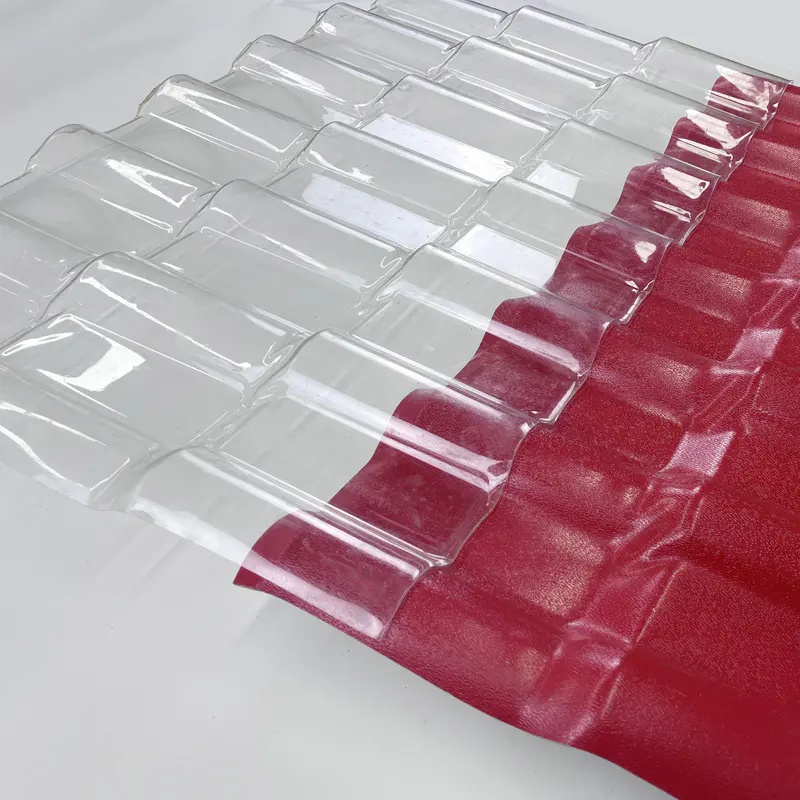
1. Clay Roof Tiles
Clay tiles are the traditional material used in Chinese roof construction. These tiles are made from natural clay, which is molded into shape and then fired in a kiln at high temperatures. The color of clay roof tiles can vary from the classic red to earthy tones depending on the type of clay used and the firing process.
Detailed Description:
Texture and Color: The surface of clay tiles is often smooth or slightly textured, and their color can range from terracotta red to rich brown or even golden hues, depending on the clay mixture.
Traditional Aesthetic: Clay roof tiles are associated with historical Chinese buildings, such as temples, palaces, and traditional houses. The rounded, overlapping design of these tiles provides a classic look.
Firing Process: The firing process hardens the clay, making it weather-resistant. The tiles are often left unglazed, which allows them to "breathe," providing natural ventilation for the building.
Benefits:
Durability: Clay tiles can last for decades, and some can withstand harsh weather conditions, such as heavy rain or snow.
Aesthetic Appeal: These tiles have a rich, rustic appearance that enhances the beauty of both traditional and modern buildings.
Energy Efficiency: Clay tiles help regulate the internal temperature of the building by insulating against heat and cold.
2. Ceramic Roof Tiles
Ceramic roof tiles are a type of glazed clay tile, offering an enhanced surface finish that increases their resistance to environmental conditions. These tiles are typically fired in a kiln at a higher temperature and are then coated with a glaze that gives them a smooth, glossy finish.
Detailed Description:
Glazed Surface: The glaze on ceramic tiles gives them a shiny, smooth surface that prevents dirt from adhering and enhances their resistance to water.
Variety of Styles: Ceramic tiles are available in various shapes, including flat, curved, and scalloped designs. This allows architects to use them in a wide range of roofing styles, from traditional to modern.
Colors and Finishes: Ceramic tiles can be found in a broad spectrum of colors, including red, brown, black, and even blue, with matte or glossy finishes.
Benefits:
Weather Resistance: Ceramic tiles are highly resistant to rain, snow, and UV rays, making them ideal for areas with extreme weather conditions.
Variety of Designs: Available in a wide range of colors, finishes, and styles, ceramic tiles offer flexibility in architectural design.
Low Maintenance: The glaze on ceramic tiles prevents dirt buildup and minimizes maintenance needs.
3. Concrete Roof Tiles
Concrete tiles are a more modern material used in Chinese roofing. They are made from a mixture of cement, sand, and water, which is poured into molds and then compressed to form the tile shape. Afterward, the tiles are cured and dried to ensure their durability.
Detailed Description:
Heavyweight: Concrete tiles are typically heavier than clay or ceramic tiles, providing greater stability in areas prone to high winds or seismic activity.
Smooth and Rough Finishes: Concrete tiles can be manufactured with a smooth or textured finish. The smooth finish is often used for contemporary designs, while textured finishes mimic the look of natural stone or older traditional tiles.
Color Options: Concrete tiles are generally available in a limited color range, typically gray, red, or brown, though pigments can be added to achieve custom colors.
Benefits:
Affordability: Concrete tiles are cost-effective and provide an economical solution for large-scale roofing projects.
Strength: Concrete tiles are robust and provide excellent protection against strong winds and other environmental factors.
Versatility: These tiles come in various shapes and sizes, offering design flexibility while maintaining structural integrity.
4. Asphalt Roof Tiles
While asphalt roof tiles are not as traditional as clay or ceramic tiles, they have gained popularity in modern Chinese buildings, especially in commercial construction. Asphalt tiles are made from fiberglass and coated with a layer of asphalt.
Detailed Description:
Fiberglass Base: Asphalt roof tiles are made with a fiberglass mat, which makes them strong and flexible.
Granular Coating: The surface of asphalt tiles is coated with a layer of fine granules that protect against UV rays and weathering.
Variety of Designs: Asphalt tiles are available in several shapes, including shingles and large panels. They can be designed to look like traditional clay or slate roofing.
Benefits:
Cost-Effective: Asphalt roof tiles are one of the most affordable roofing options available.
Lightweight: These tiles are lighter than their clay or concrete counterparts, making them easier to install and handle.
Waterproof: Asphalt tiles offer excellent water resistance, helping to prevent leaks and water damage.
5. Metal Roof Tiles
Metal tiles, often made from aluminum, steel, or copper, are increasingly being used in modern Chinese buildings. These tiles are known for their sleek appearance and durability.
Detailed Description:
Corrosion-Resistant: Metal tiles, especially those made from aluminum or steel, are resistant to corrosion, making them ideal for coastal regions where saltwater exposure is common.
Design Flexibility: Metal tiles are available in a range of profiles, including ribbed, flat, and corrugated, providing versatility for different building styles.
Color Coatings: Metal tiles are often coated with high-quality paints or finishes to protect them from UV rays and extend their lifespan.
Benefits:
Durability: Metal tiles are resistant to corrosion, rust, and pests, making them a long-lasting roofing solution.
Modern Aesthetic: Metal tiles offer a contemporary look, ideal for modern residential and commercial buildings.
Lightweight: These tiles are lighter than other materials, reducing the weight burden on the building structure.
6. Fiberglass Roof Tiles
Fiberglass roof tiles are manufactured by combining fiberglass with resins, offering a lightweight yet durable material for roofing. These tiles are becoming more common in China, especially in environmentally conscious projects.
Detailed Description:
Lightweight Construction: Fiberglass tiles are significantly lighter than concrete or clay tiles, making them easier to install and transport.
Energy Efficiency: These tiles often have excellent insulating properties, reducing the need for artificial cooling and heating in the building.
Color Options: Fiberglass tiles come in a wide range of colors and finishes, providing both functional and aesthetic benefits.
Benefits:
Lightweight and Strong: Fiberglass tiles are easy to install and offer excellent durability.
Energy Efficient: These tiles have insulating properties that help regulate building temperatures, making them an energy-efficient choice.
Low Maintenance: They are resistant to mold, mildew, and decay, reducing the need for regular upkeep.
7. Stone Roof Tiles
Stone roof tiles, made from materials such as slate, are used in some traditional Chinese buildings, particularly in regions where stone is abundant.
Detailed Description:
Natural Stone Appearance: Stone tiles, especially slate, offer a unique, natural look that adds a sense of elegance and permanence to the roof.
Customizable Shapes: Stone tiles can be hand-cut into different shapes and sizes, allowing for custom roofing designs.
Thickness and Weight: Stone tiles tend to be heavier than other materials, providing strength and stability to the roof structure.
Benefits:
Aesthetic Appeal: Stone tiles provide a timeless, sophisticated look.
Longevity: Stone tiles are incredibly durable and can last for centuries if properly maintained.
Fire Resistance: Stone is naturally fire-resistant, adding an extra layer of safety to the building.
Why Choose Chuanya Building for Your Roofing Needs?
When selecting the right roofing materials for your construction project, it's important to choose a supplier that offers quality, durability, and excellent customer service. Chuanya Building is a trusted name in the roofing industry, providing a wide range of high-quality Chinese roof tiles made from the best materials. Whether you are looking for traditional clay tiles or modern metal roofing solutions, Chuanya Building offers a comprehensive selection to meet your needs.
With a commitment to excellence and sustainable practices, Chuanya Building ensures that all their products meet international standards, providing reliable and long-lasting solutions for both residential and commercial buildings. Visit Chuanya Building today to explore our full range of roofing materials and discover why we are the preferred choice for architects and builders worldwide.









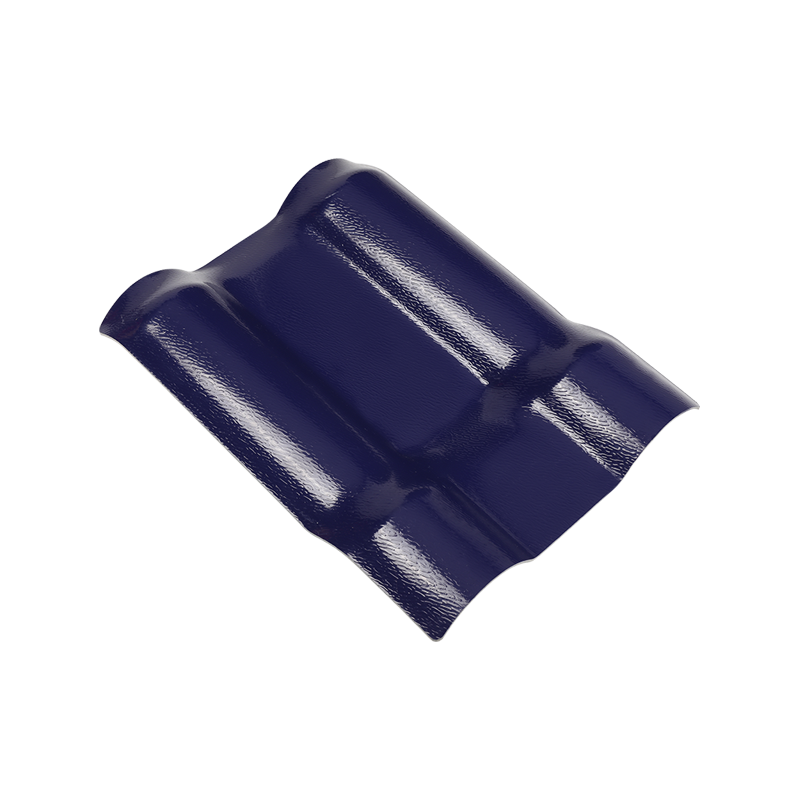
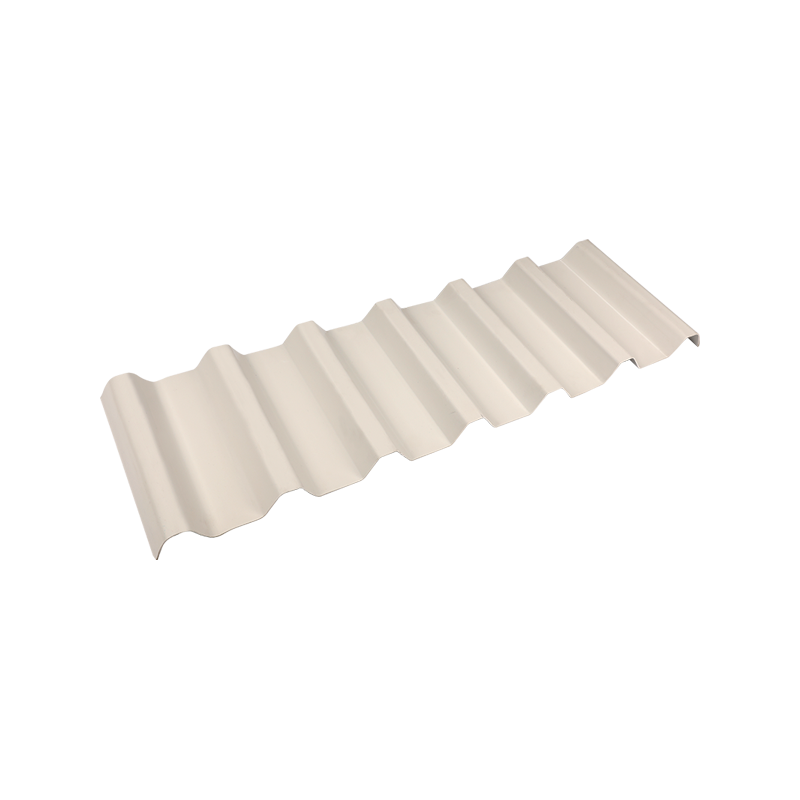
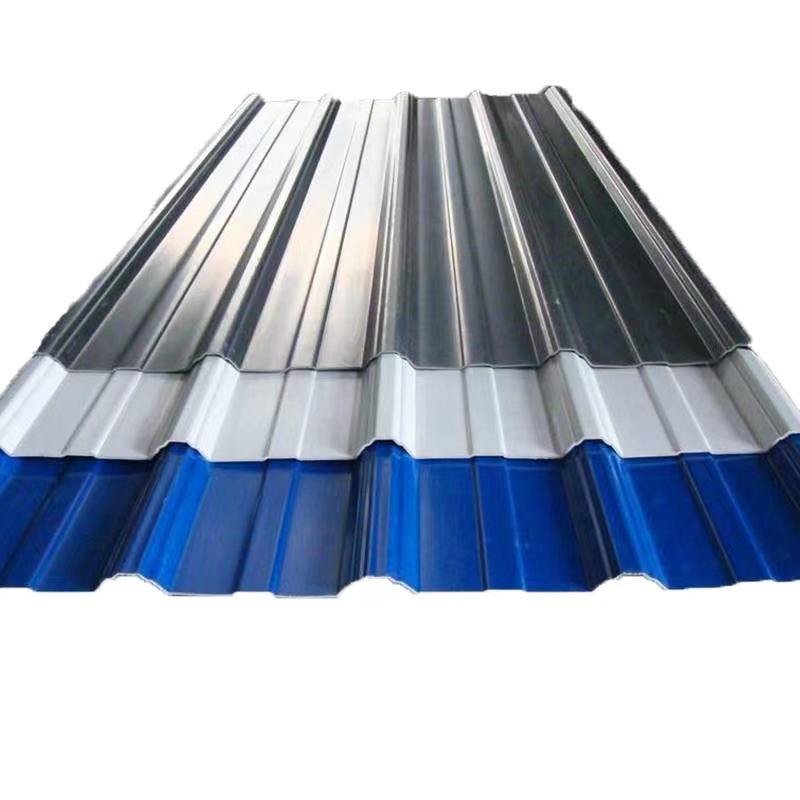
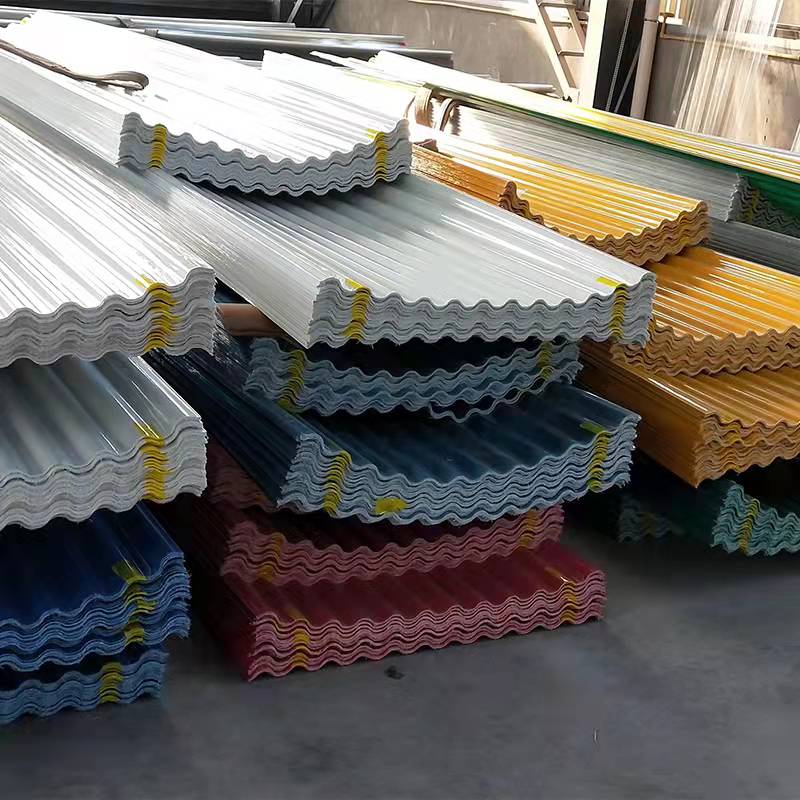


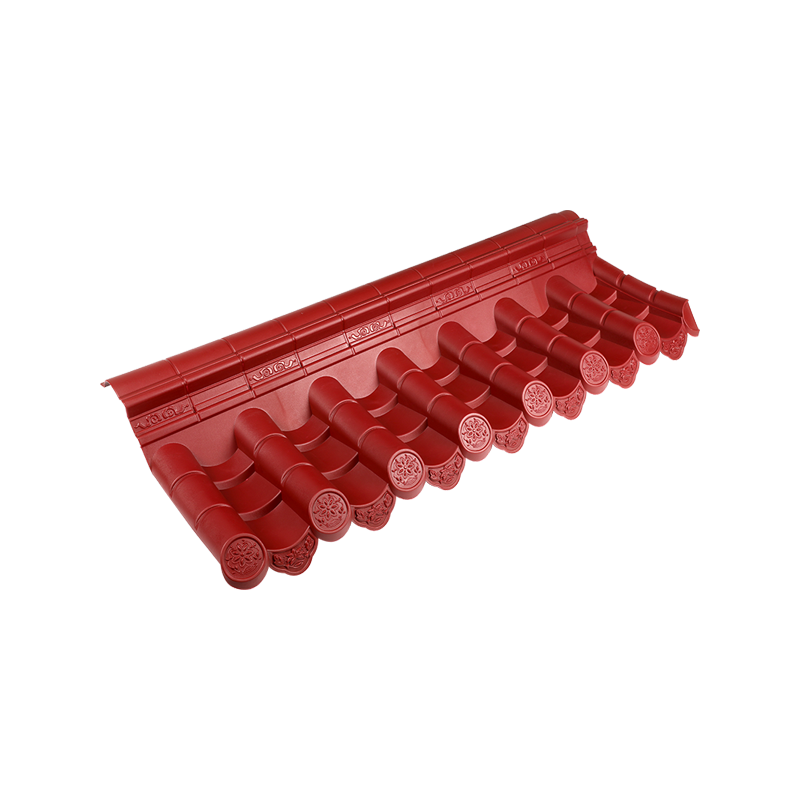


 Email:
Email: Phone:
Phone: Adress:
Adress: